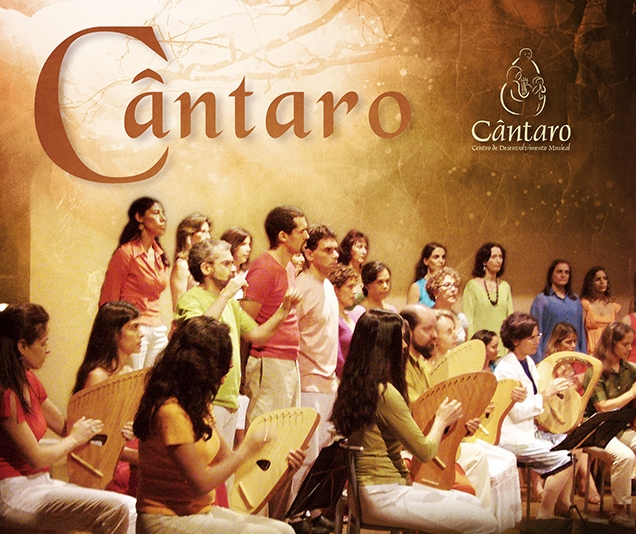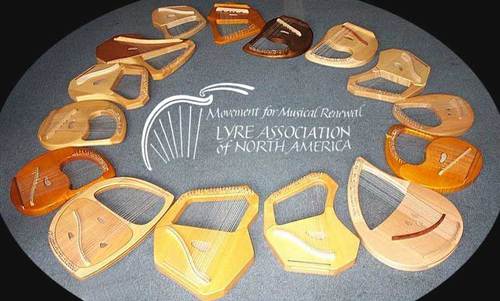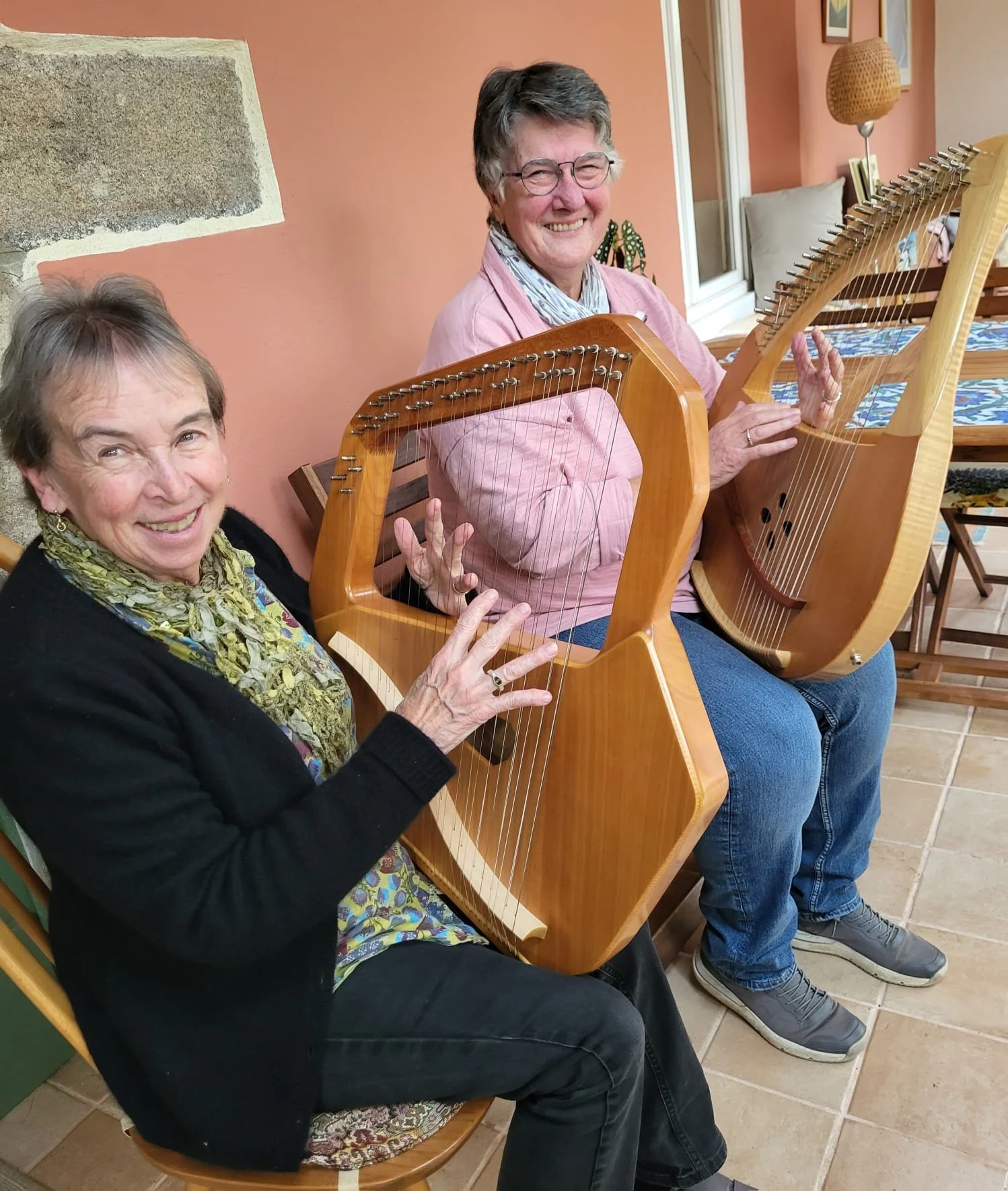Creating a Space to Share with Regula Utzinger
/By Julia Elliott, Boxford, MA
The afternoon class “Creating a Space to Share” with Regula Utzinger (a music therapist from Switzerland) focused on the music and the style of playing best suited for people in palliative situations. Regula is a warm and thoughtful teacher who encouraged the class to share their own experiences of playing lyre for patients and loved ones who were ill or near death. Through stories and melodies, we deepened our understanding of how the lyre can assist in palliative care.
At the center of Regula’s work is the belief that death is a life process and that the goal of music in palliative care is only to support the patient’s life. She described the lyre as “a vessel of pure music,” saying that people who are close to the threshold recognize its sound. The type of music one chooses can be influenced by the patient’s physical and mental condition as well as his or her cultural and personal identity. Because “music is where we come from,” it reminds the patient of their origins.
The style of playing in palliative care was a frequent topic of conversation in the class. How does one work with a melody or progression of tones on the lyre to make them truly therapeutic? We worked on cultivating a sense of expansiveness between musical phrases, incorporating a feeling of being guided by the breath, and making simple, beloved melodies richer with the addition of supporting harmonies. Regula described bringing the lyre into physical contact with the patient (by placing the instrument at their feet or against their arm or hip) as a way of helping them reestablish their physical boundaries and also to feel the resonance of the lyre tones.
A highlight of this class was that we began each session with a German song called “Zieh mit der Sonne” (move with the sun). A beautiful, expansive melody which compels the singer to move forward, we sang it while walking in a circle, first in unison and then as a very satisfying round. The beauty and purity of my classmates’ voices filled me with joy each day, and the forming and re-forming of the circle created an ever deeper unity in the group. After being together musically in this way, we were always ready to share and be together. The song brought us together in time and space and was itself a key to knowing how to bring music to those who need it.








